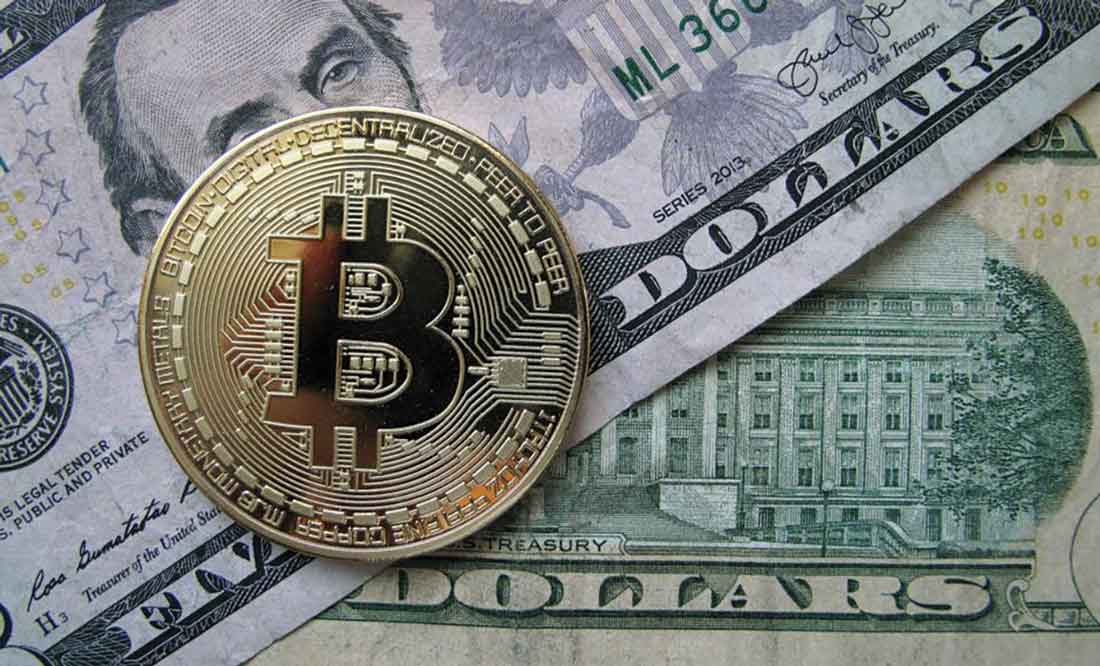The Big Digital Coin Trick
I am a firm believer that all students should study magic. Magic is especially effective in teaching students to recognize the technique of distraction. This is important when huge, paradigm-shifting policies are being initiated while being obfuscated by a national press more concerned with producing click-bait headlines than keeping its readers informed.
One policy that is advancing without much notice is President Biden’s executive-order for the federal government and Federal Reserve to lay the groundwork for a potential new U.S. currency, a digital dollar. There are some words you need to understand before we go further.
Vocabulary
Fiat Currency: Governments give these currencies value and make them legal tender. They are not based on the existence of a commodity like gold or silver to give material value. The value of fiat money is derived from the relationship between supply and demand and the stability of the issuing government, rather than the worth of a commodity backing it. Most modern paper currencies are fiat currencies. The U.S. dollar is a fiat currency and is controlled by the Federal Reserve. The danger is that the Fed can print too much currency, pushing the economy into a state of hyper-inflation, accelerating the devaluation of the currency and creating unsustainable price increases. Sound familiar?
Stablecoins: Coinbase describes a stablecoin as a digital currency that is pegged to a “stable” reserve asset like the U.S. dollar or gold. So, a stablecoin pegged to our dollar is backed by an account of equal dollars or dollar-dominated assets of at least equal fair value. Stablecoins are designed to reduce volatility relative to unpegged cryptocurrencies like Bitcoin which can fluctuate wildly in value and trades like a commodity. An asset that’s pegged to a more stable currency like the dollar or euro can give buyers and sellers certainty that the value of their tokens will not rise or crash unpredictably in the future.
Cryptocurrency: According to Kapersky.com, cryptocurrency is any form of currency that exists digitally or virtually and uses cryptography to secure transactions. Encryption in cyber security is the conversion of data from a readable format into an encoded format that can be sent safely over the web and then is privately decoded at its destination. Units of cryptocurrency are created through a process called mining, which involves using computer power to solve complicated mathematical problems that generate coins. Users can also buy the currencies from brokers, then store and spend them using cryptographic wallets. P2P—peer to peer—transactions using crypto currencies are very useful for moving money fast and globally and gives the most power to people using this form of trade.
The Fight for Control of Money
First, you should understand we are in a huge struggle over the control of our financial system right now. This is a result of the development of cyber currencies. These currencies have made it possible to move “money” between payers and payees without going through a central bank. People can store funds in their own digital wallets and pay out or receive funds directly from there. Since digital transactions are encrypted, it makes it hard to track funds that exchange hands. That makes it harder for governments to control money.
There is a big push to do away with cash, which is also hard to track. The present push is toward a USDC—a United States Digital Coin—a new currency for the United States. The exact order from the White House directs the U.S. Government to assess the technological infrastructure and capacity needs for a potential U.S. Central Bank Digital Coin (CBDC). What this could mean is that our financial institutions and government could monitor and control all our financial transactions.
All transactions—all spending—would be trackable. There would be no privacy in your financial record. Also, your money could be turned off by a central authority. Remember last year when the truckers in Canada created a Go Fund Me site and collected $10 million publicly donated dollars to support the truckers? Then, Go Fund Me decided that the funds were not going to a cause they believed in, and they froze the funds and said they were going to distribute the money to organizations they felt were worthy? Imagine if the Federal Reserve abused that kind of power with your money.
Don’t be Distracted
Justin Haskin writing for Newsweek says, “Digital dollars could easily be tracked by banks, federal agencies and the Federal Reserve (no financial privacy). They could also be programmed to control the kinds of things people can buy, how much could be purchased at a single time, or any number of variables. The development of a national digital currency should worry Americans everywhere, regardless of their ideological and political views. Once a national digital currency is in place, government and/or Federal Reserve officials would have more power than ever to control, track and coerce individuals and U.S. businesses—likely without needing new laws approved by Congress.”
Distraction is a tool of magicians. Keep your eye on the coin trick!
Vamos a ver!









